Best cheap printers: Office printing on a budget
Getting a decent home office setup needn’t cost the earth. These are the best cheap printers you can buy
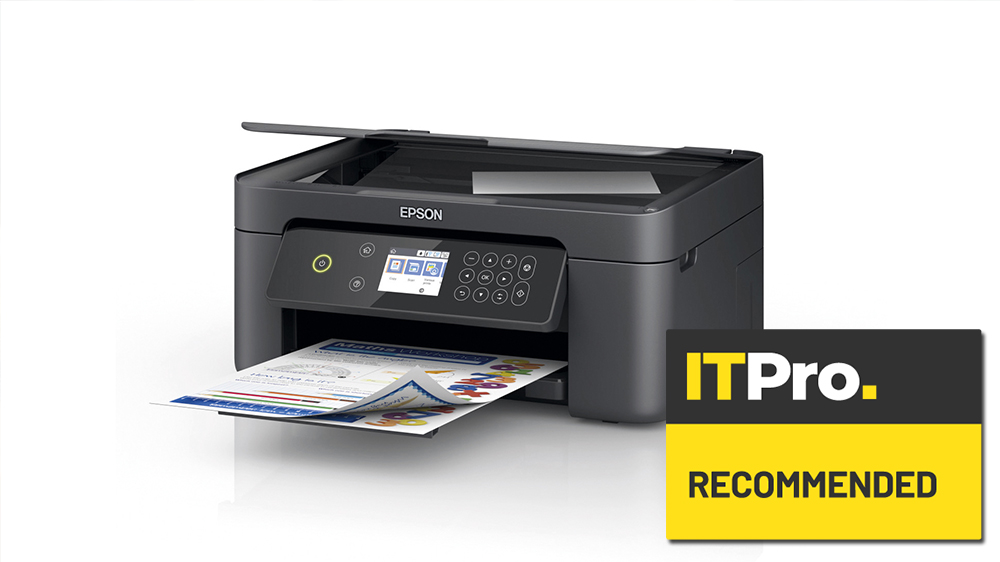

Anyone setting up an office or a business on a budget has probably found themselves asking "What are the best cheap printers?", along with its inevitable follow up "and are they any good?". The happy news is that many budget printers and multifunctions deliver the features a business needs – we discover plenty of them in our regular testing.
For this list, we've collected six of the best cheap business printers. They're a varied group, ranging from a bargain home MFP through to a fast, refillable color inkjet. They may be suited for different jobs in different businesses, but they share a common ability to deliver a high amount of bang for your buck. With the cheapest squeaking in at less than £60, and the most expensive just a little more than £300, we've got something for every business – find your next cheap office printer here.
How to choose the best cheap office printers
We can't pretend that every cheap printer will tick all your boxes, so it's best to start with an idea of what's essential, and what you can live without. Cheap printers generally compromise on speed, features, or running costs – work out which ones are critical for you.
Single-function printers are always cheaper than their all-in-one equivalents, so if you don't need to scan, copy, or fax, aim for a simple device. Consider, too, whether you need useful features like multiple paper trays, or (on a multifunction) an automatic document feeder (ADF) – going without may leave more budget for other areas. If you're buying for a quieter office, you can probably forgo high-speed prints and scans. But if you need a workhorse for a busy team, don't compromise on speed or running costs.
Whatever your needs, don't be tempted to scrimp on your budget office printer. Going too cheap could land you with a device that simply isn't up to the job, and you'll end up spending more to replace it. And in all cases, it's vital to look at the total cost of ownership -- many printers that look expensive have cheap ink or toner, and could cost you far less to own over 3-5 years of daily printing.
Whatever printer you buy, it pays to keep it in business as cheaply as possible. If there's a choice, always buy the highest capacity supplies unless you print extremely rarely – they're more expensive, but they invariably cost less per page. Investigate ink and toner subscriptions, too, particularly if you print a fairly constant and predictable amount each month. We've seen options that, in ideal circumstances, could reduce what you pay by two-thirds or more. You could also consider third-party inks and toners, although in our experience these tend to be inferior to OEM supplies, and they don't always deliver the savings you'd expect.
The best cheap printers
Canon PIXMA TS5350i
Our expert review:
Reasons to buy
Reasons to avoid
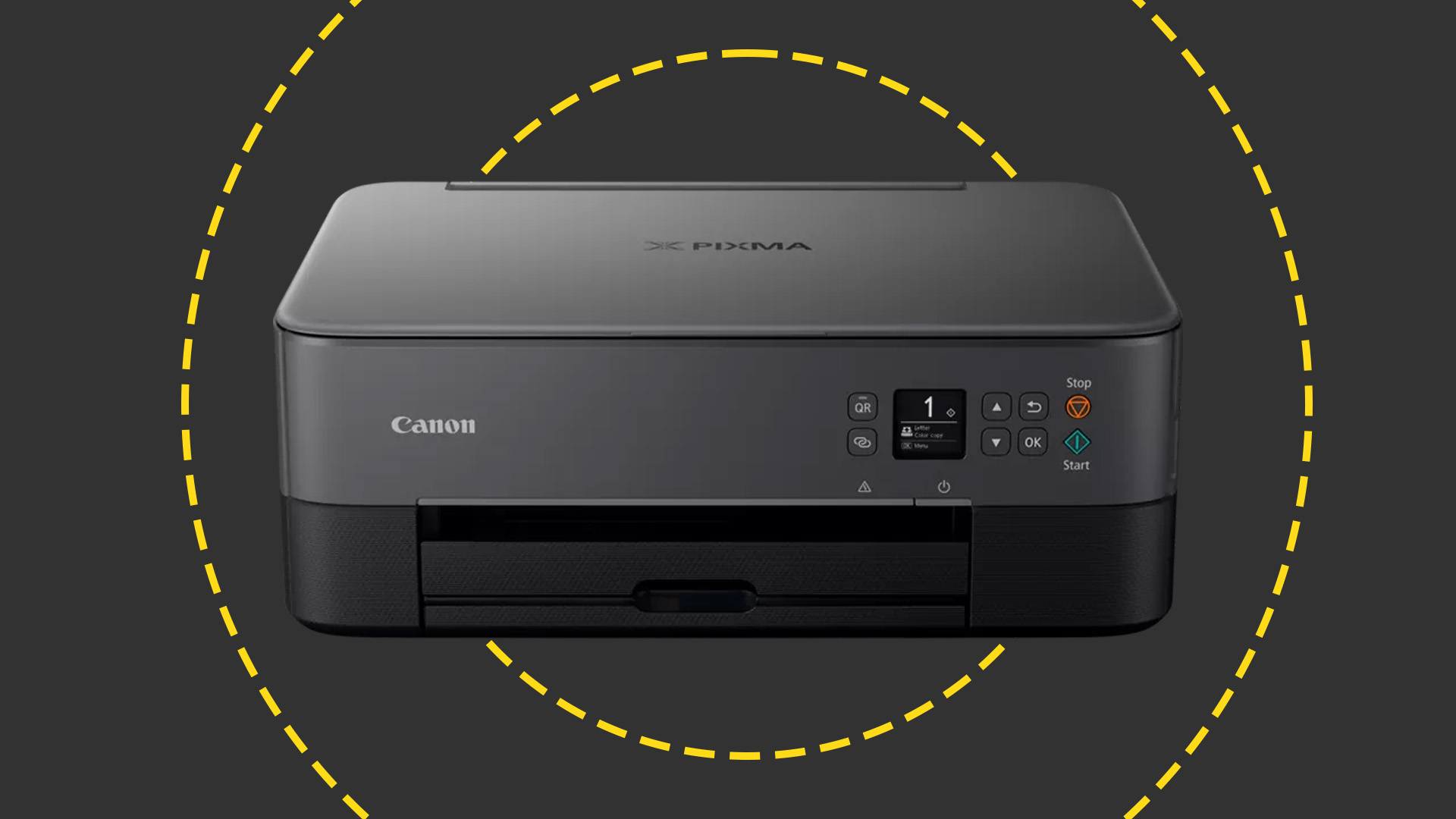
We don't generally recommend home devices for business users, but the Canon PIXMA TS5350i is a compact inkjet MFP for under £60 – that's very keen pricing. It's missing an ADF, and it can't send or receive faxes, but if you just need a basic device to make prints, scans and single-page copies, the TS5350i more than has you covered. Helpfully it has two paper inputs, so you could load one with plain paper and use the other for headed sheets or photo media.
This isn't the best photo printer, but on plain paper it's surprisingly capable, turning out excellent prints and copies. It's not especially fast, however, so it's definitely not suitable if you have more than a couple of users or you often need to reel off long print jobs. The TS5350i has an excellent scanner, so it's a shame it isn't equipped with an ADF.
Buy your own cartridges and this MFP works out at more than 11p per full color page, but you can bring this down by subscribing to one of Canon's PIXMA Print Plans. The most generous of these gets costs down to 4.5p, although it only allows 200 pages per month. That, and its slow speeds, mean the TS5350i is really only suitable for very light use, but if your priority is a low up-front cost, this attractive MFP is a good choice.
| Technology | Inkjet MFP |
| Maximum print resolution | 4,800 x 1,200dpi |
| Maximum paper size | A3 |
| Input tray | 100-sheet cassette, 100-sheet multipurpose feed |
| Speed | 13/6.8ppm mono/color |
Price when reviewed: £58 exc. VAT
HP OfficeJet Pro 9010e
Our expert review:
Reasons to buy
Reasons to avoid
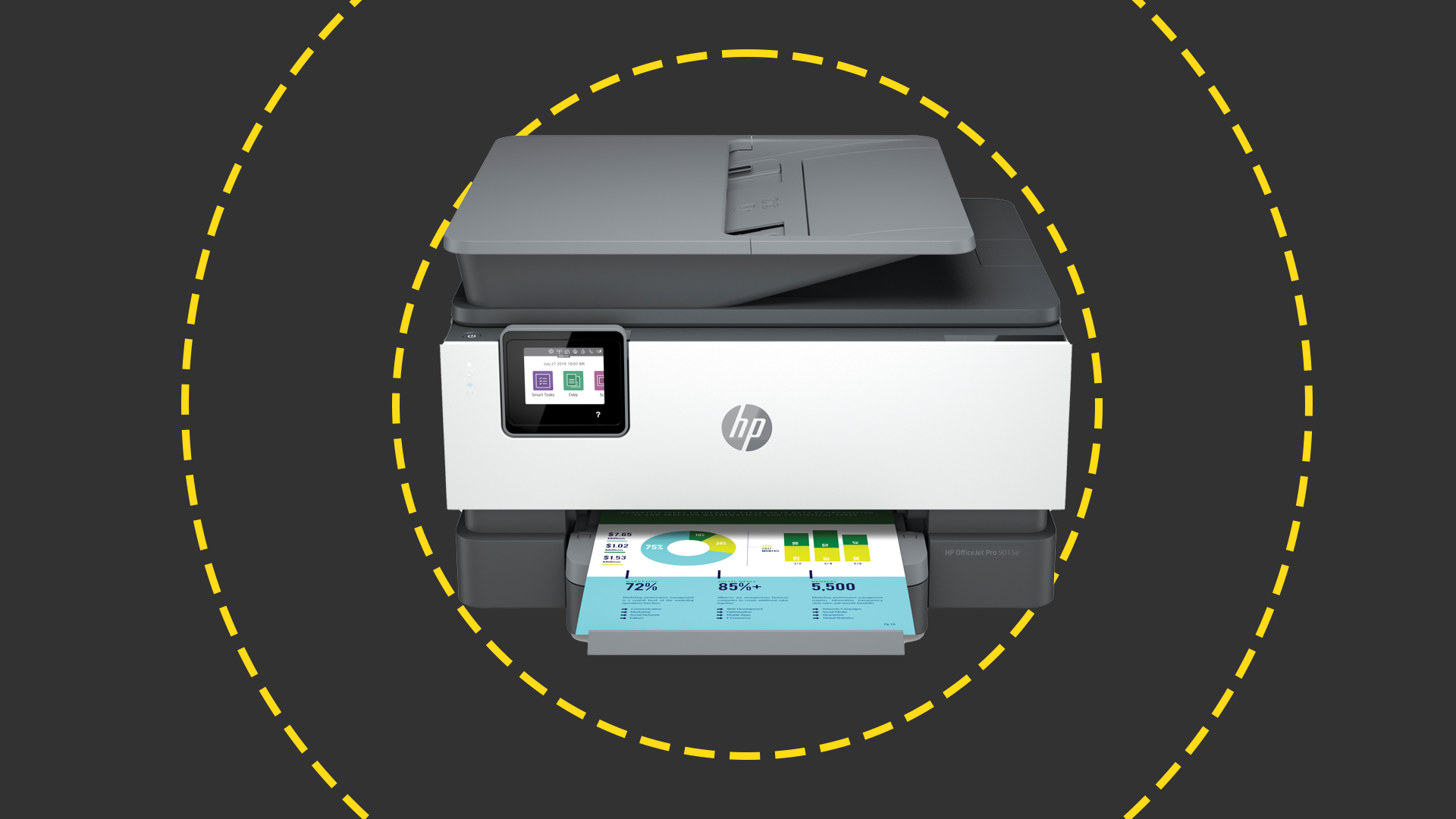
HP's OfficeJet Pro 9010e gives the lie to the idea that all cheap printers are basic. It can print, scan, copy, or fax, and can duplex all four of them, for example letting you put your feet up while it makes two-sided copies of a lengthy report. Optionally you can sign up for the HP+ "smart printing system", or the Instant Ink subscription service, but even if you buy your own cartridges you're looking at a reasonable 5.3p per full-color page.
This is quite a fast printer, reaching 18.8 pages per minute (ppm) on black text, and even 7.3ppm on our very demanding color graphics test. It's a rapid scanner and copier too. We loved its plain paper print and copy quality, and scans were good too at middling resolutions. The only real let-down here is a reasonably basic, single-paper tray, and the fact it's no good at printing photos. If you can live with that, this is the perfect small business multifunction – happily, it's also the second cheapest device on our list.
| Technology | Inkjet MFP |
| Maximum print resolution | 1,200 x 4,800dpi |
| Maximum paper size | A4 |
| Input tray | 250-sheet cassette, 35-page ADF |
| Speed | 22/18ppm mono/color |
Price when reviewed: £133 exc. VAT
Read our full HP OfficeJet Pro 9010e review for more information.
Canon Pixma TS6250
Best bang-for-your-buck alternative to Pixma TS8350
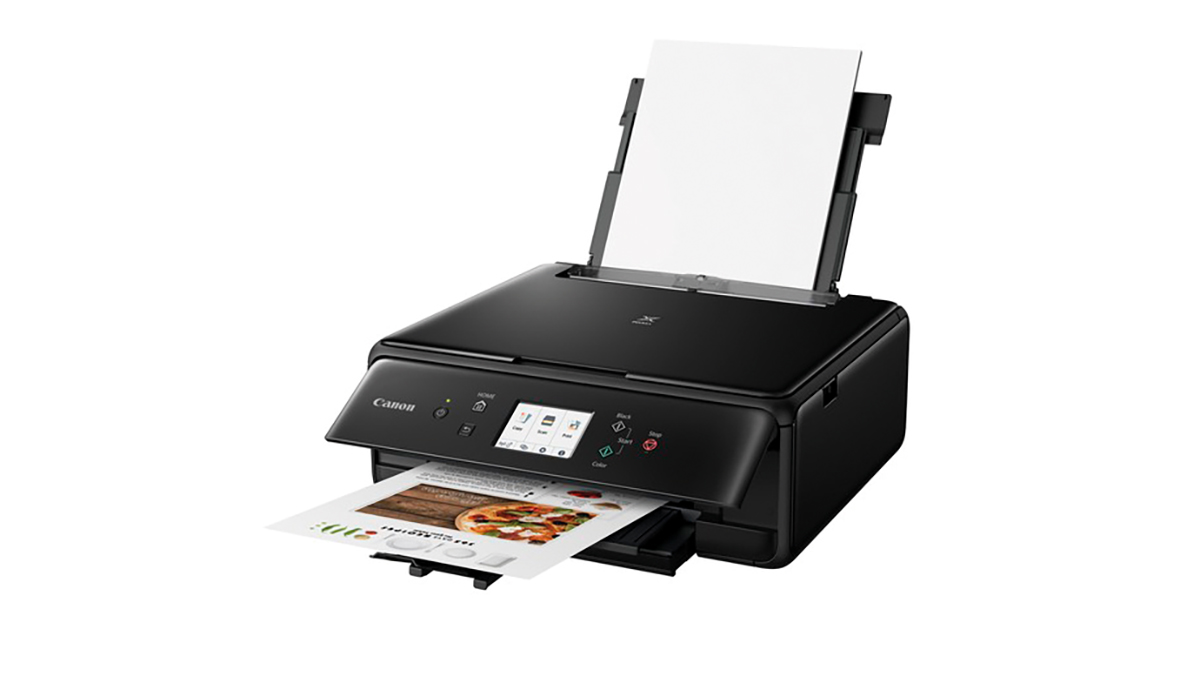
Only slightly more expensive than the Epson Expression Home XP-4100 is the Canon Pixma TS6250, for £67 excluding VAT. And it offers an awful lot for that money, with superb print quality and speeds of up to 12.7ppm for mono sheets and 3.9ppm colour prints.
Canon’s five-ink system, which uses two types of black pigment for text and photo prints, means that running costs are perhaps a little above average, but not dramatically so: you’re looking at costs of around 2.8p per mono page.
There’s no fax functionality and it can be a little noisy when operating, but considering the low cost of entry, we find it hard to stay too mad with the Canon Pixma TS6250, and you’ll likely be equally enamoured by the sheer bang for buck it provides.
| Technology | Inkjet |
| Maximum print resolution | 4,800 x 1,200dpi |
| Maximum paper size | A4 |
| Input tray | 100-page input tray, 100-page rear feed (or 20 photo sheets) |
| Speed | 12.7 mono/3.9ppm colour |
Price when reviewed: £67 exc. VAT
Read our full Canon Pixma TS6250 review for more information.
Epson Expression Home XP-4100
Best cheap printer for light workloads
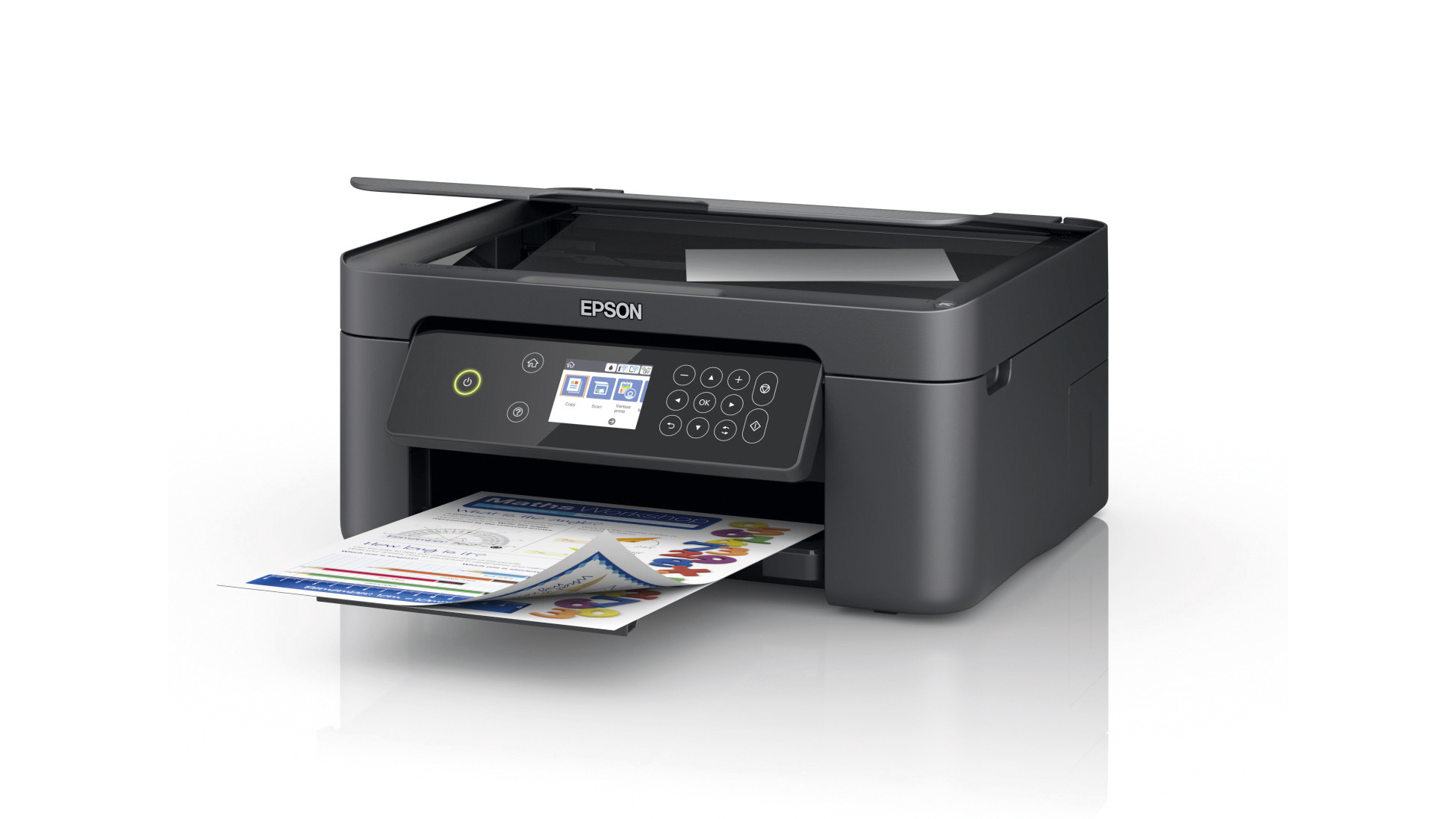
Compact and surprisingly feature packed, you get an impressive amount of value from the Epson Expression Home XP-4100… assuming you don’t get through hundreds of printouts a day. That’s because once you use the bundled ink, you need to use the company’s four-cartridge system, which equates to prices of 5.2p per mono page and 12.8p for colour sheets. Yes, you can subscribe to Epson’s cartridge subscription service, which brings the costs down to around 3.3p to 4.3p per page, but users with heavy workloads are still advised to look elsewhere.
If that doesn’t apply to you, however, there’s an awful lot to like, including a generous 100-sheet paper tray, 10ppm mono print speeds, lightning fast photocopy times and its ability to print double sided. And while standard print quality is a bit ropey, upping this to high quality eliminates the issues when it really counts, making this a bona fide bargain.
| Technology | Inkjet |
| Maximum print resolution | 5,760 x 1,440dpi |
| Maximum paper size | A4 |
| Input tray | 100-page input tray |
| Speed | 10ppm mono/3ppm colour |
Price when reviewed: £60 exc. VAT
Read our full Epson Expression Home XP-4100 review for more information.
Brother DCP-J1140DW
Best multi-function printer for an office
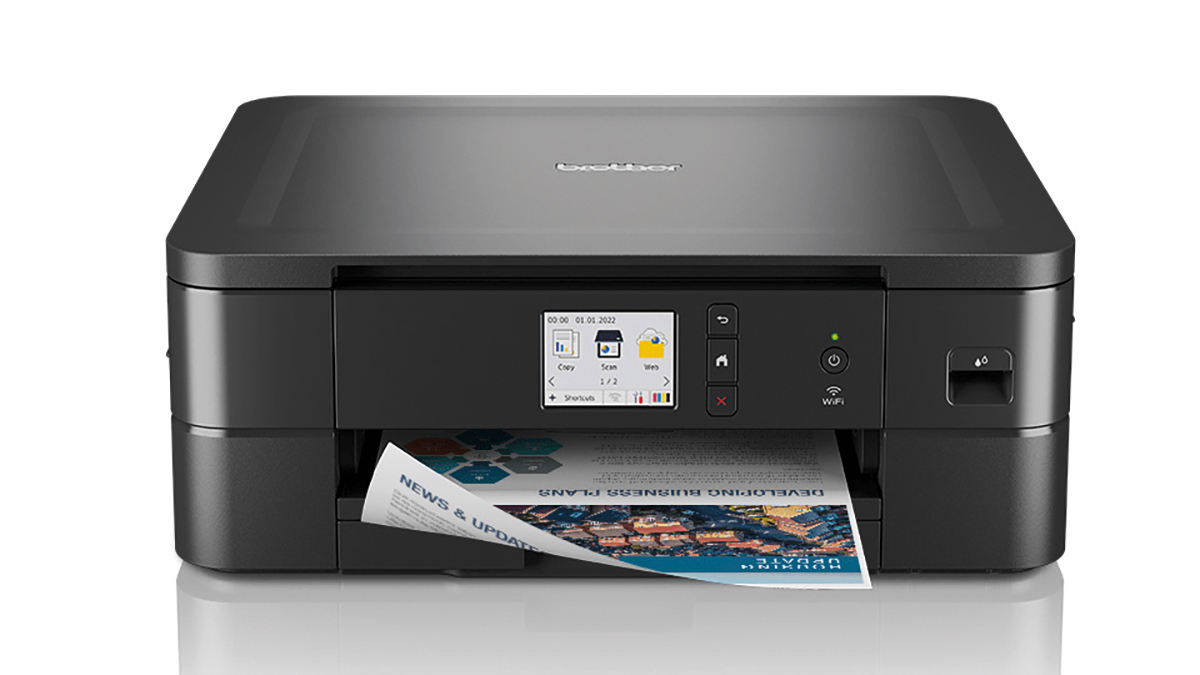
As a rule of thumb, the MFC line is for occasional home use, while the company’s DCP range is for more intense office wear and tear.
That’s largely the case here. It’s built for more frequent use, is slightly more fully featured and a touch more nippy — especially when dealing with colour prints. Notably, this one won’t fax, which is curious as you’d assume that’s more an office throwback than something for the home, but there we are.
You get a lot for your money here, but print quality could be better, and it could be cheaper, too, with prints coming to around 2.9p per mono page and 7.9p for colour ones.
| Technology | Inkjet |
| Maximum print resolution | 6,000 x 1,200dpi |
| Maximum paper size | A4 |
| Input tray | 150-page input tray |
| Speed | 15.6ppm mono/7ppm colour |
Price when reviewed: £129 exc. VAT
Read our full Brother DCP-J1140DW review for more information.
Xerox B230
Best monotone office printer
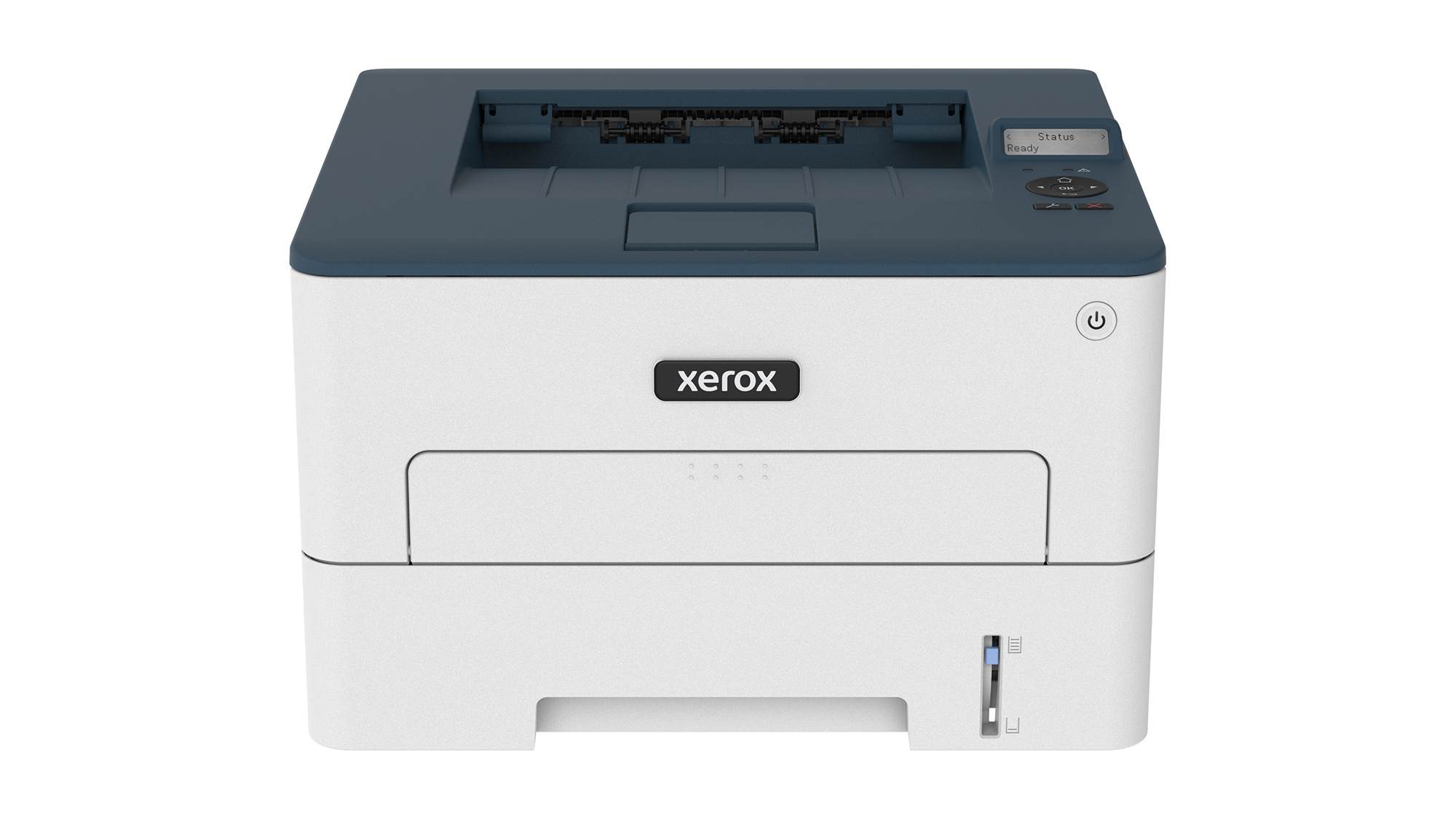
If you only ever print in monotone and value speed over everything else, then the Xerox B230 is well worth a look. A compact printer that’s comfortable with Wi-Fi or wired connections, it can rattle through up to 27.3 pages per minute.
But it won’t do so quietly, and the results aren’t the best we’ve seen either. While black text was near perfect in our tests, mono graphics had a bit more banding then we would comfortably recommend for the price. Still, with costs of 2p per page after you’ve worked through the 1,200-page starter toner, it’s a good investment if you need to print a lot of text documents in a hurry, and don’t mind a mild racket as the trade off for that impressive speed.
| Technology | Laser mono |
| Maximum print resolution | 600x600dpi |
| Maximum paper size | A4 |
| Input tray | 250-sheet input tray |
| Speed | 27.3ppm mono (no colour option) |
Price when reviewed: £116 exc. VAT
Read our full Xerox B230 review for more information.
FAQs
Are monochrome printers cheaper than colour?
Although the majority of printers support colour printing by default, there are still some monochrome options available. It may seem a little counterintuitive to invest in a printer that’s missing a major capability, but if you don’t need colour printing, a mono machine can actually offer some notable savings.
The ticket price for mono printers is often lower than equivalent colour models, for one thing, and running costs are cheaper too. That’s primarily because there aren’t any colour consumables to worry about. As they’re a bit more specialised, mono printers aren’t at the very cheapest end of the market, but factor in these highly affordable running costs, and you can make significant savings over the long term.
Are inkjet or laser printers cheaper to run?
The price of a printer is one thing, but as previously mentioned, if its efficiency is too low or the cost of its consumables is too high, this can sometimes mean that you’re actually paying more over the long run. Running costs are an important factor, and for many years, laser printers had a definite edge in this arena.
Nowadays, however, the differences are a lot less cut and dried; running costs for inkjets have come down significantly over the years, thanks in part to innovations such as refillable ink tanks and ink subscription services. For seriously high-volume printing, laser machines will usually still just about work out cheaper, but for moderate use, the differences are negligible.
How long do cheap printers last?
You may be under the impression that cheap printers don’t last as long as more expensive models over the long term, and will need to be replaced sooner than a more expensive model, but this isn’t necessarily the case. It’s true that more affordable printers often tend to shave down the price tag by making compromises on build quality and materials, but they’re not inherently more failure-prone than their pricier counterparts.
The standard lifespan for a printer is between three and five years - and they can last longer when properly maintained. There are a number of tips and tricks that can be used to keep your printer running smoothly and fix problems when they occur, and if you keep it in good working order, there’s no reason why a cheap printer can’t last just as long as any other.
Can I still buy ink for my cheap printer?
Printer manufacturers have a vested interest in encouraging customers to upgrade their machines, and one of the ways inkjet vendors do this is through the cartridges the machines use. Printer companies routinely update the design of their cartridges, and many won’t be backwards-compatible with older models.
In some cases, you may find that although your printer itself is still perfectly functional, getting hold of compatible cartridges becomes a pain, with low stock and high prices. You may find that third-party cartridge manufacturers have stepped in to fill the gap, but this can bring its own problems, particularly if your printer includes DRM software to prevent this. The best advice is to buy the newest model possible to ensure consumables remain available for the longest time, and to check ink availability for a specific model before you buy.
How we test cheap printers
When we review printers, there are a number of elements that we test for to measure their technical aptitude. First and foremost is the quality of the prints themselves, which we gauge by analysing a series of colour photographs and black and white images and documents, looking for any evidence of fuzzy text or colour banding.
We also test print speeds for both colour and mono documents; the latter uses a 25-page text batch, while the former is tested with 24 pages of mixed presentation slides, web pages and magazine pages. We test how quickly each batch completes, as well as how long the printer takes to deliver the first page once the job is initialised. For inkjet printers, we’ll also repeat the mono tests in draft mode, and duplex print speeds are measured by running the first ten pages of the mixed colour batch.
Where scan functionality is included, we gauge image quality by looking at scans of a colour photo, a colour input target chart and an office document. For scan speeds, we measure how fast it can create a single photocopy, as well as measuring the scan speeds at different resolutions, and how quickly preview images are displayed.
ADFs aren’t often seen on cheaper units but when they are, we’ll use a ten-sheet copy operation to test their speeds, in colour as well as mono where we can. In the event that both printer and ADF are duplex units, we’ll time a ten-page double-sided job as well.
Get the ITPro daily newsletter
Sign up today and you will receive a free copy of our Future Focus 2025 report - the leading guidance on AI, cybersecurity and other IT challenges as per 700+ senior executives
After a false career start producing flash games, Alan Martin has been writing about phones, wearables and internet culture for over a decade with bylines all over the web and print.
Previously Deputy Editor of Alphr, he turned freelance in 2018 and his words can now be found all over the web, on the likes of Tom's Guide, The i, TechRadar, NME, Gizmodo, Coach, T3, The New Statesman and ShortList, as well as in the odd magazine and newspaper.
He's rarely seen not wearing at least one smartwatch, can talk your ear off about political biographies, and is a long-suffering fan of Derby County FC (which, on balance, he'd rather not talk about). He lives in London, right at the bottom of the Northern Line, long after you think it ends.
You can find Alan tweeting at @alan_p_martin, or email him at mralanpmartin@gmail.com.
-
 Bigger salaries, more burnout: Is the CISO role in crisis?
Bigger salaries, more burnout: Is the CISO role in crisis?In-depth CISOs are more stressed than ever before – but why is this and what can be done?
By Kate O'Flaherty Published
-
 Cheap cyber crime kits can be bought on the dark web for less than $25
Cheap cyber crime kits can be bought on the dark web for less than $25News Research from NordVPN shows phishing kits are now widely available on the dark web and via messaging apps like Telegram, and are often selling for less than $25.
By Emma Woollacott Published
-
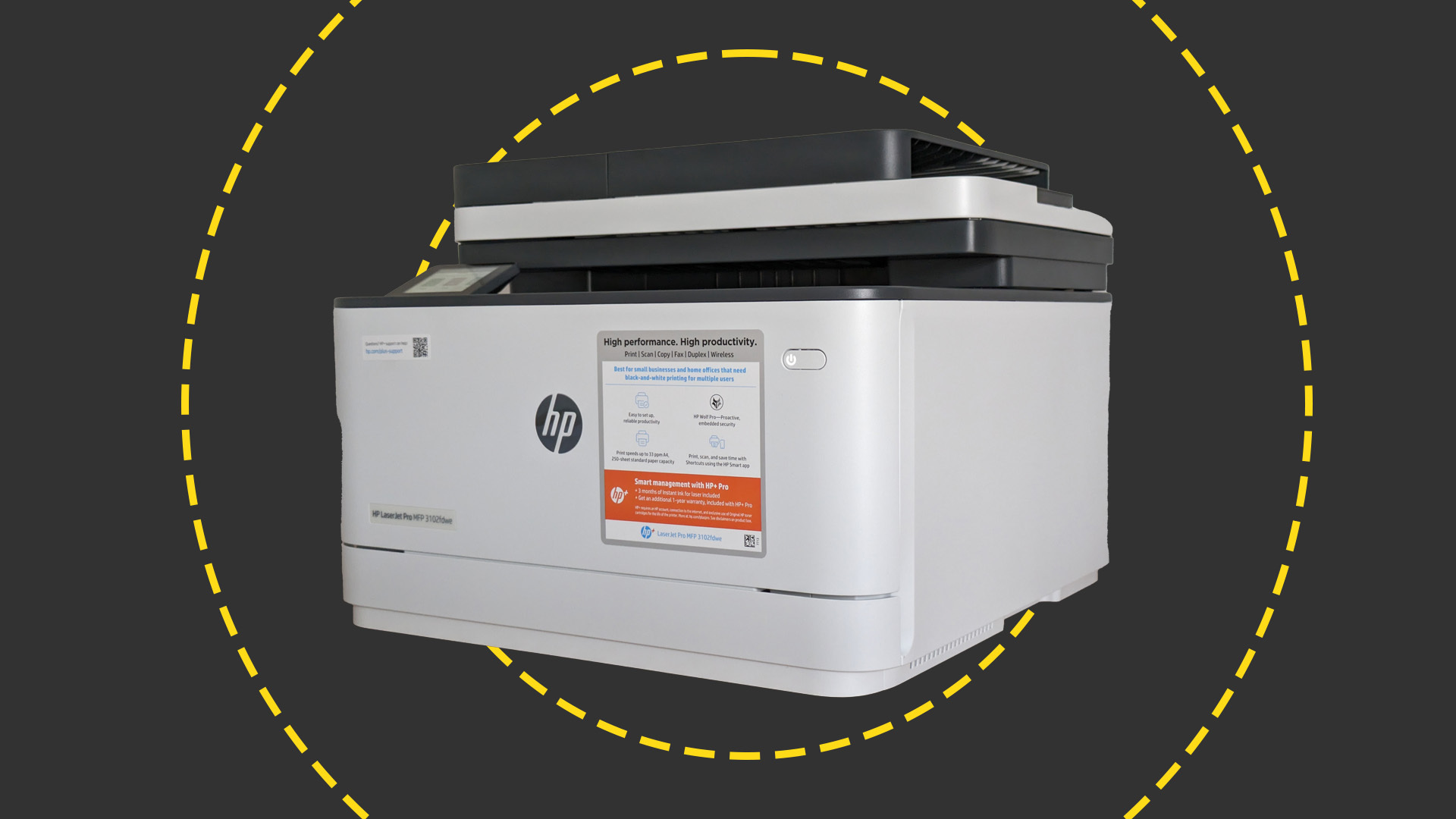 HP LaserJet Pro MFP 3102fdwe review: Hamstrung by high running costs and the restrictions of HP+
HP LaserJet Pro MFP 3102fdwe review: Hamstrung by high running costs and the restrictions of HP+Reviews hamstrung by high running costs and the restrictions of HP+
By Simon Handby Published
-
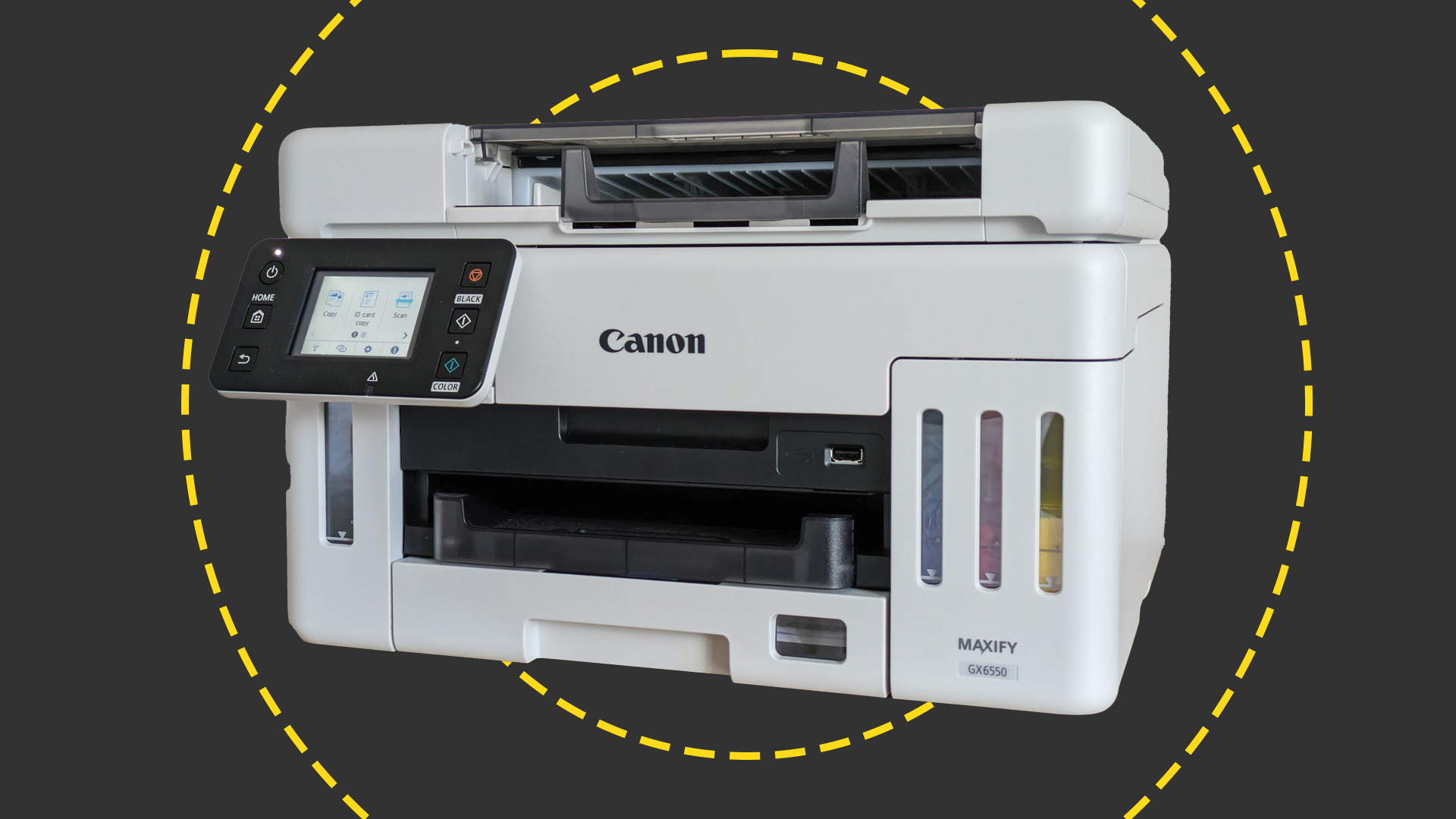 Canon MAXIFY GX6550 Review: cheap to run and very compact, but not the greatest inkjet MFP
Canon MAXIFY GX6550 Review: cheap to run and very compact, but not the greatest inkjet MFPReviews The GX6550 has a neat cubby hole trick and it's very cheap to run, but it's compromised in other ways
By Simon Handby Published
-
 HP OfficeJet Pro 9010e review: An MFP that's unlikely to ever fall short
HP OfficeJet Pro 9010e review: An MFP that's unlikely to ever fall shortReviews Great print quality, nippy speeds, and flexible ink choices show that HP can still make excellent MFPs
By Simon Handby Published
-
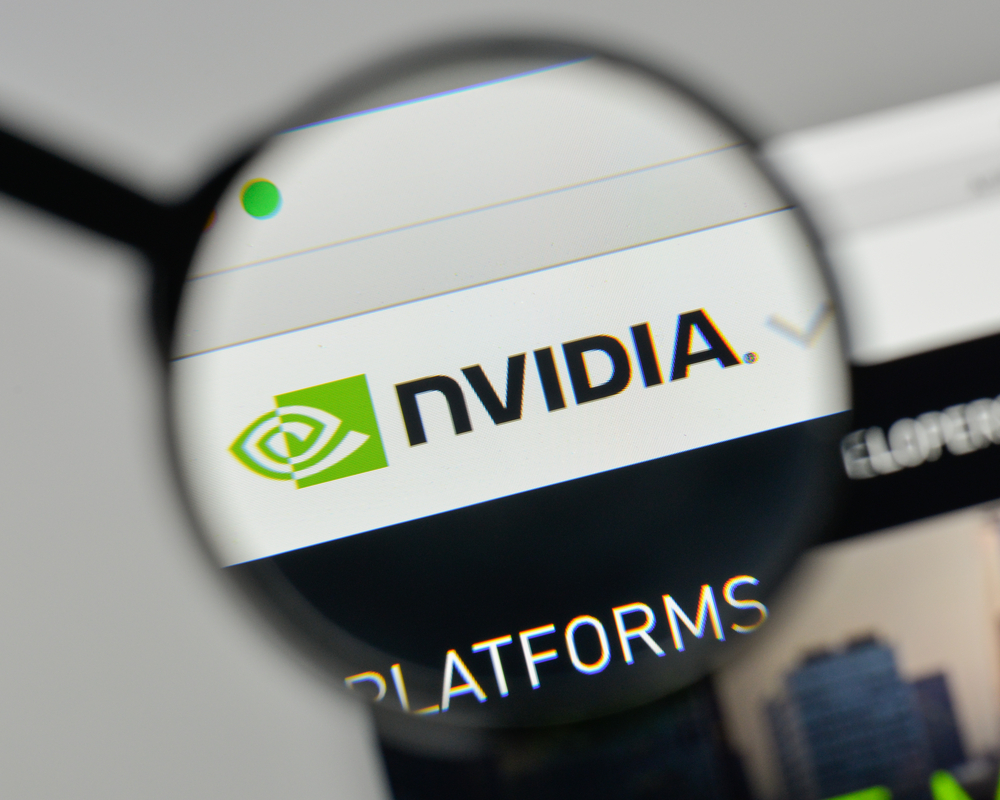 PCI consortium implies Nvidia at fault for its melting cables
PCI consortium implies Nvidia at fault for its melting cablesNews Nvidia said the issues were caused by user error but the PCI-SIG pointed to possible design flaws
By Rory Bathgate Published
-
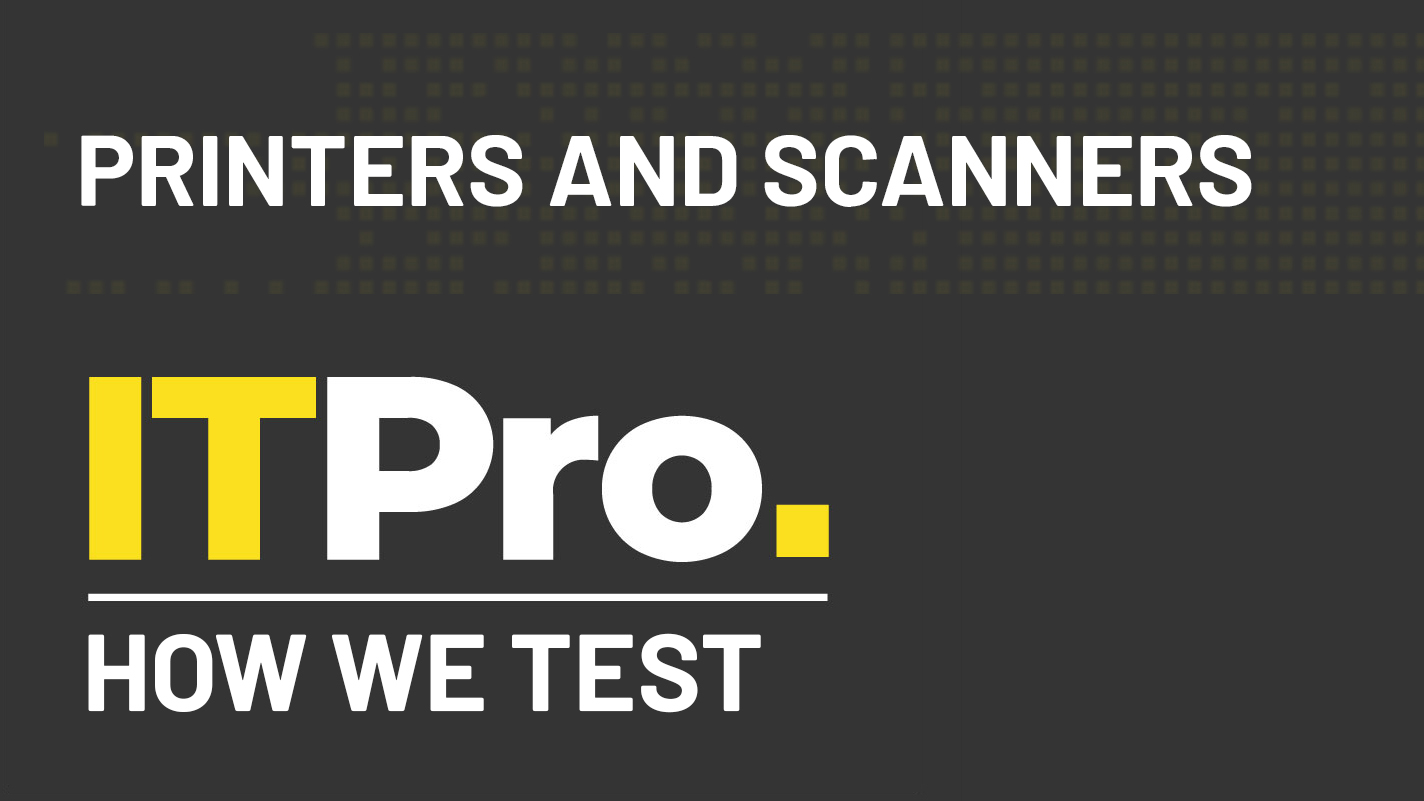 How we test printers and scanners
How we test printers and scannersReviews Everything you need to know about our benchmarking process for print devices
By IT Pro Published
-
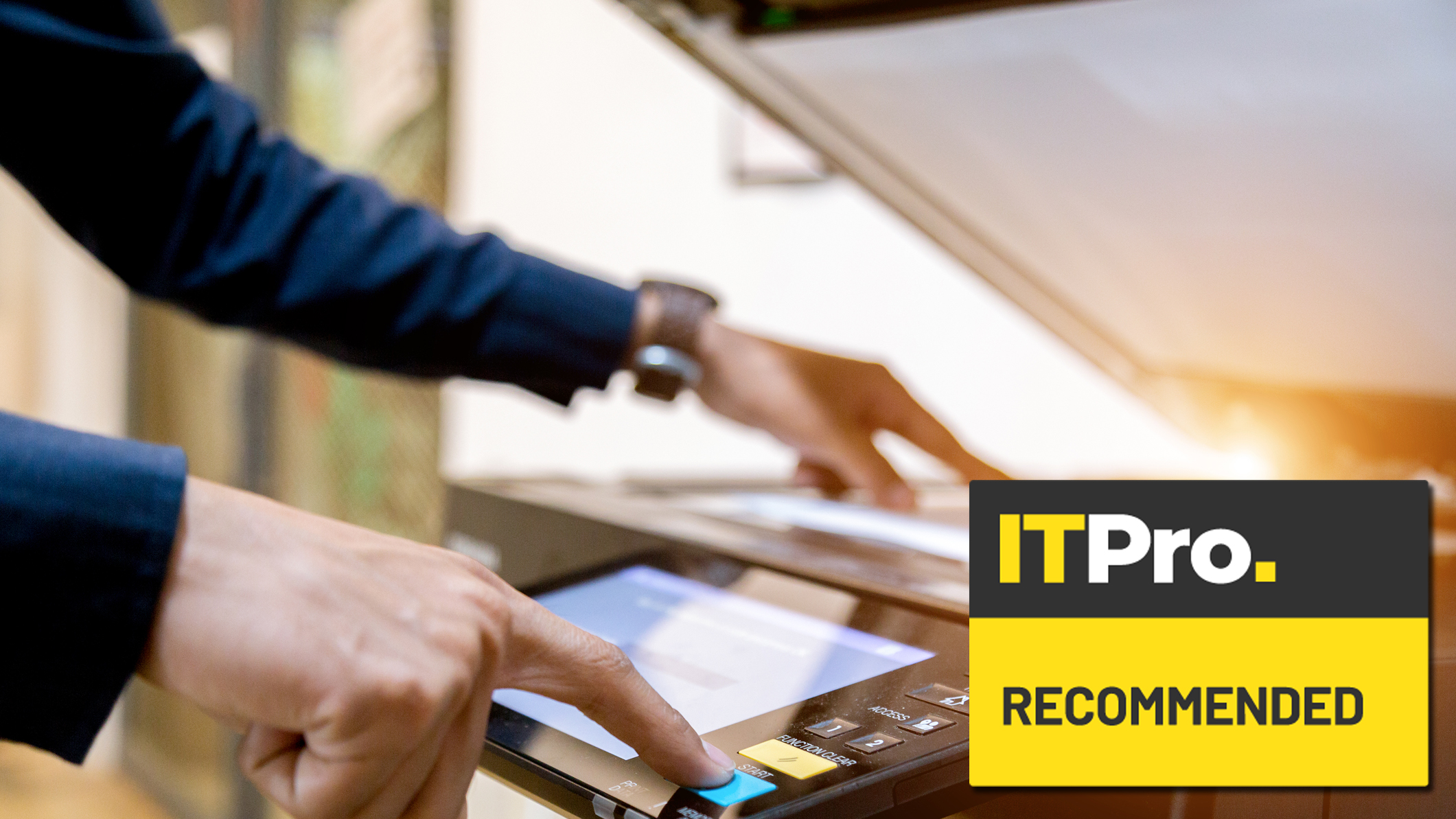 Best digital copiers
Best digital copiersBest Below you can find our pick of the best digital copiers
By Will Roszczyk Published
-
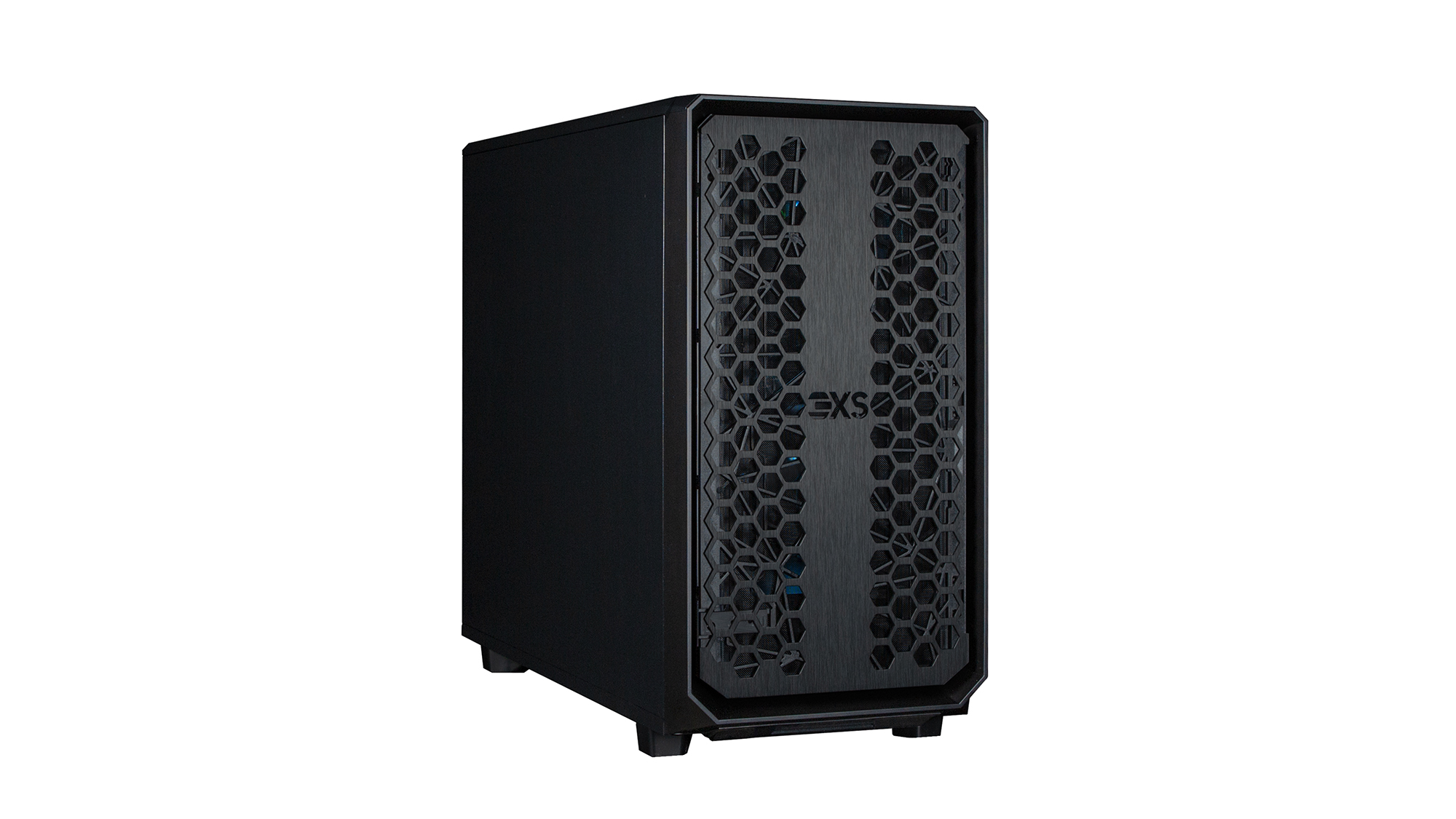
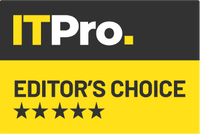 Scan 3XS GWP-ME A124C review: An Intel-powered workhorse that holds its own
Scan 3XS GWP-ME A124C review: An Intel-powered workhorse that holds its ownReviews A brilliant content-creation showcase for Intel’s 12th-gen Core i9 and Nvidia’s Quadro RTX A4500 graphics
By James Morris Published
-

 Xerox D35 Scanner review: A great choice for heavy workloads
Xerox D35 Scanner review: A great choice for heavy workloadsReviews A budget USB scanner offering good speeds, a great range of apps and clever networking capabilities
By Dave Mitchell Published